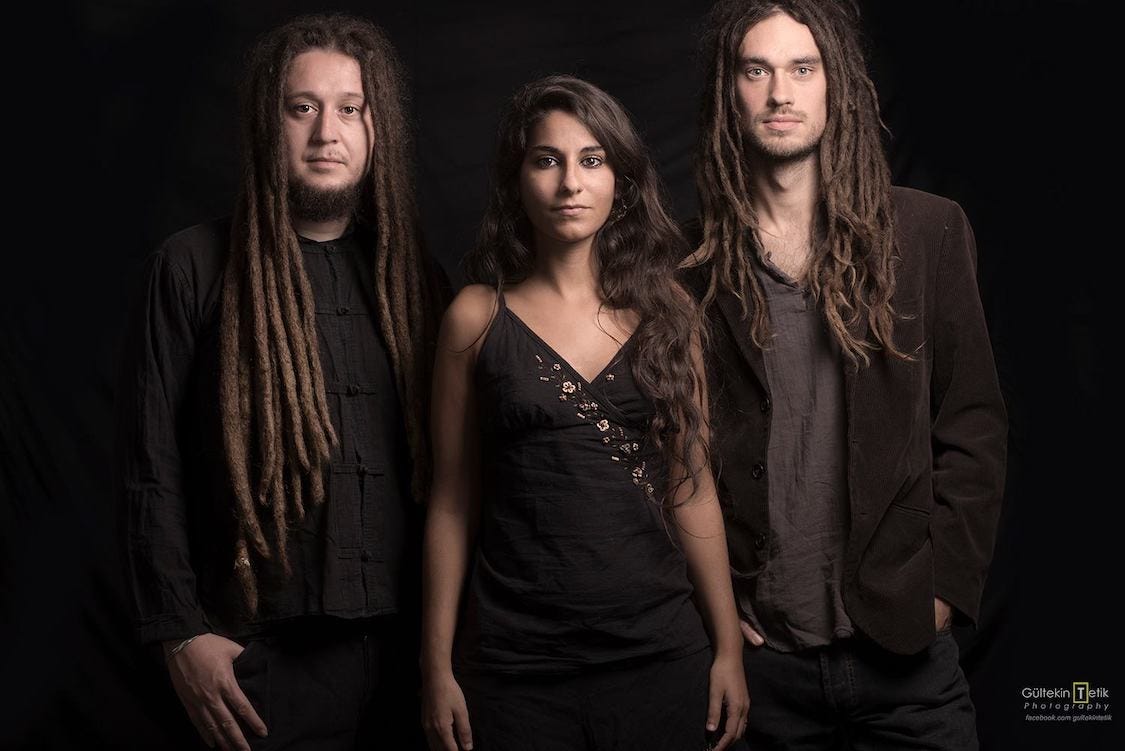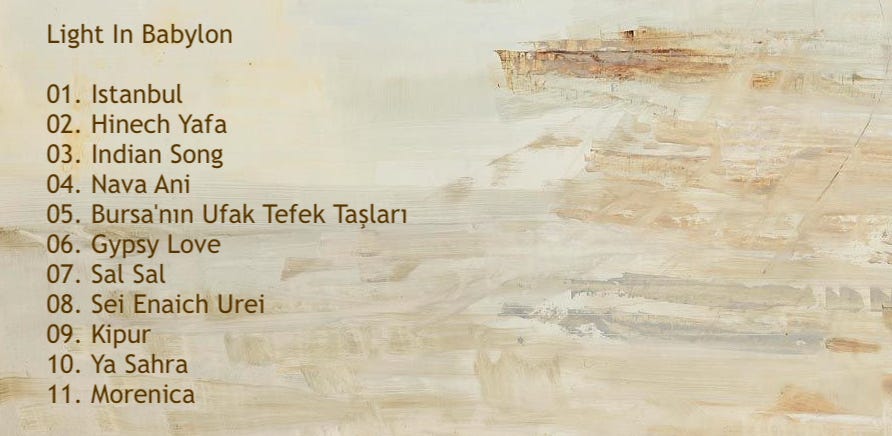In yet another departure from the post-Soviet theme, I present Light In Babylon.
Light in Babylon began their journey in 2010 with Israeli singer Michal Elia Kamal and her French partner Julien Demarque playing in the streets of Istanbul, where they met Turkish santur player Metehan Ciftci who became the third member of the group.
For a sense of what those early days were like, here’s a documentary from 2015.
Light In Babylon have since advanced to become a major touring group, adding two new members in 2017, French/Azeri bassist Priam Arnoux, and Scottish percussionist Stuart Dickson.
Official Website ~ Bandcamp ~ YouTube ~ 2024 Bardentreffen Festival
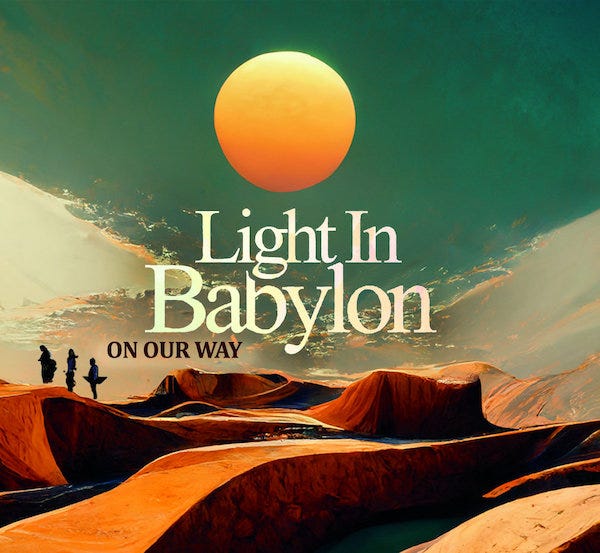
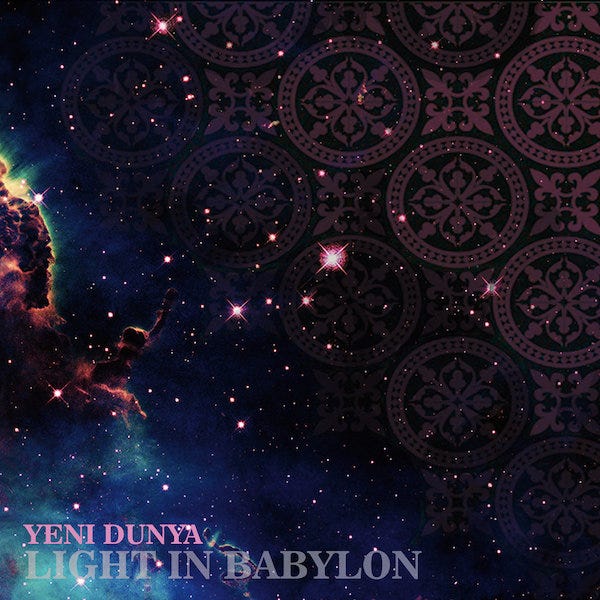


Light in Babylon are often described as ‘Mediterranean Fusion’ or ‘World Music’ but that falls a bit short of the mark. Fusion is a fairly recent concept, while World Music is a catch-all for anything non-western, but often catering to a western audience. This is authentic Sephardic music sung by a woman who can claim that ancestry. As such, she is free to borrow from the traditions and cultures of those around her, which is what Sephardic musicians did. They took the best of whatever they found in their new homes and incorporated it into their own culture. Light In Babylon clearly continues that tradition.
1492 is a year most westerners associate with Christopher Columbus’ voyage to the New World, but it is also a darker moment in history - the year in which Queen Isabella of Spain signed a decree expelling the Jews from her realm. This had the effect of scattering a well established thousand year old culture to the four winds.
Sephardic Jews migrated to many parts of the world, in particular the Ottoman Empire, which offered them protection. Here’s a detailed account of their history.
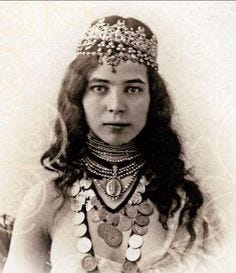
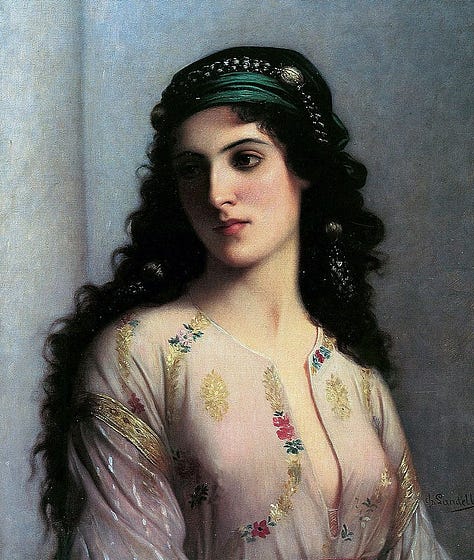
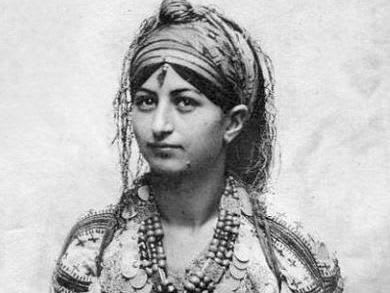
Sephardic music is very much a woman’s domain: Women and Sephardic Music




